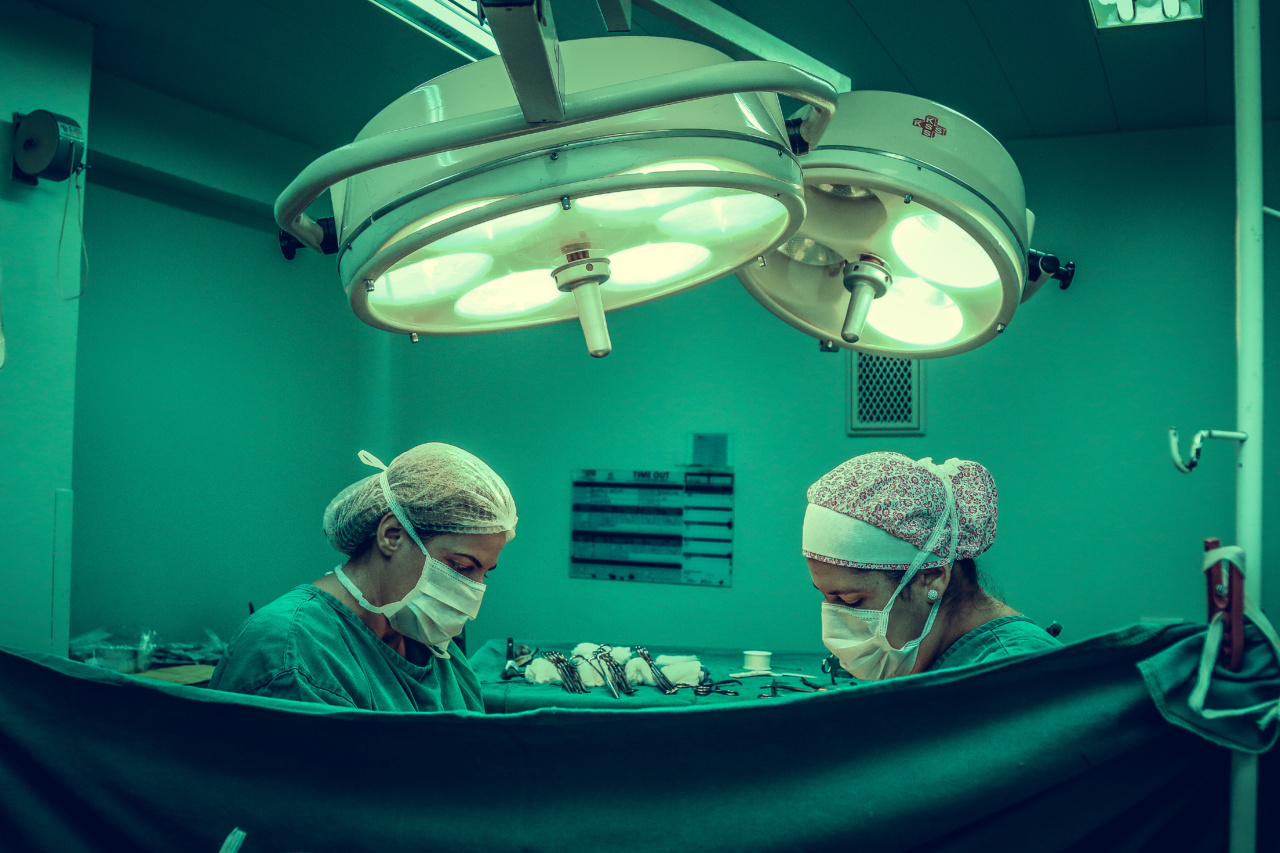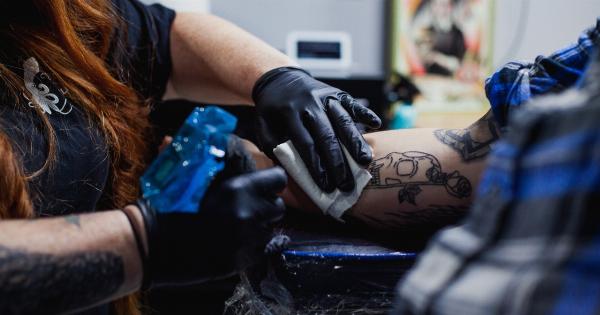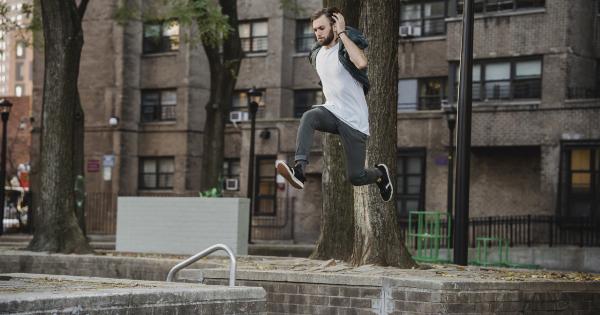Facial symmetry and proportion play a significant role in the overall attractiveness of an individual. While beauty standards may vary across cultures and individuals, certain facial features are universally considered desirable.
One surgery that aims to enhance facial proportions and create harmony in the face is Gunning Surgery. This article will delve into the details of Gunning Surgery, its benefits, risks, and the expected results.
Understanding Gunning Surgery
Gunning Surgery, also known as maxillofacial surgery, is a specialized procedure performed by highly skilled oral and maxillofacial surgeons. The goal of this surgery is to reshape the jawline and facial structure to improve facial balance and symmetry.
It is particularly beneficial for individuals with a prominent or receding chin, misaligned jaws, or those who wish to achieve a more harmonious facial appearance.
The Procedure
Gunning Surgery involves several steps and may vary depending on the specific needs of each patient. Typically, the procedure can be broken down into the following stages:.
1. Initial Consultation and Evaluation
Prior to undergoing Gunning Surgery, individuals must consult with a qualified oral and maxillofacial surgeon.
During this consultation, the surgeon will evaluate the patient’s facial proportions, discuss their expectations, and explain the potential outcomes and risks of the procedure. X-rays, photographs, and computerized imaging may be used to create a custom treatment plan.
2. Preparatory Phase
In the preparatory phase, the surgeon may recommend certain lifestyle changes or dental treatments to optimize the success of the surgery.
These may include quitting smoking, managing any existing dental issues, or aligning the teeth with braces or orthodontic appliances.
3. Medical Evaluation
Before the surgery, a comprehensive medical evaluation will be conducted to ensure that the patient is in good overall health and can safely undergo the procedure.
This evaluation may include blood tests, imaging scans, and consultations with other specialists if required.
4. Anesthesia
Gunning Surgery is typically performed under general anesthesia to ensure the patient’s comfort throughout the procedure. The anesthesiologist will administer the anesthesia and closely monitor the patient’s vital signs during the surgery.
5. Reshaping the Jawline
The surgeon will make incisions inside the mouth or externally, depending on the specific surgical plan. They will then access the underlying bone and make precise adjustments to reshape the jawline and chin.
This may involve removing or adding bone, repositioning the jaw, or using artificial implants to enhance facial contours.
6. Closure and Recovery
Once the necessary adjustments have been made, the surgeon will carefully close the incisions using dissolvable sutures and provide post-operative care instructions.
It is crucial for patients to follow these instructions diligently to ensure optimal healing and minimize the risk of complications. Recovery time can vary depending on the extent of the surgery but typically takes several weeks.
Expected Results
After undergoing Gunning Surgery, patients can expect to achieve a more balanced and proportionate facial appearance. The surgery aims to correct asymmetry, improve the jawline’s definition, and enhance overall facial harmony.
While individual results may vary, the majority of patients report feeling more confident in their appearance and enjoy the long-lasting benefits of the surgery.
Potential Risks and Complications
Like any surgical procedure, Gunning Surgery carries some potential risks and complications. These can include:.
1. Infection
Any surgical procedure poses a risk of infection. However, the use of strict sterilization protocols and prophylactic antibiotics minimizes this risk.
2. Nerve Damage
The nerves responsible for sensation and muscle control in the face are intricate and delicate. While rare, there is a small risk of temporary or permanent nerve damage, which can lead to altered sensation or weakness in certain facial areas.
3. Scarring
Scarring is an inevitable part of any surgical procedure. However, skilled surgeons make incisions in discreet locations, such as inside the mouth, to minimize visible scarring.
4. Relapse
In some cases, the desired results may not be fully achieved, or there is a possibility of relapse over time. This can occur due to natural bone healing processes or other factors unique to each patient’s anatomy.
Conclusion
Gunning Surgery offers individuals the opportunity to enhance their facial proportions, correct jawline irregularities, and achieve greater facial harmony.
By consulting with a qualified oral and maxillofacial surgeon, individuals can better assess their suitability for the procedure and understand the potential risks and benefits. When performed by a skilled professional and with proper post-operative care, Gunning Surgery can help individuals achieve the facial symmetry and proportions they desire, leading to increased self-confidence and satisfaction with their appearance.































